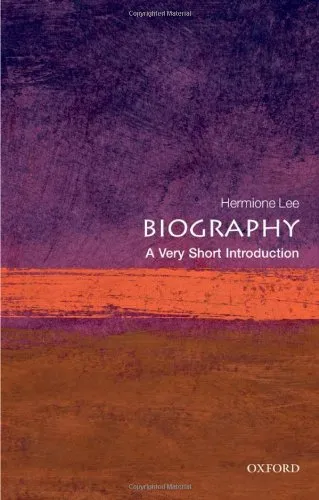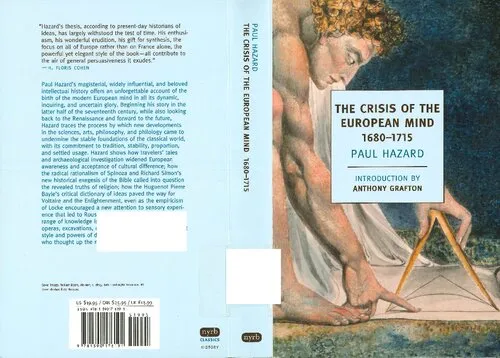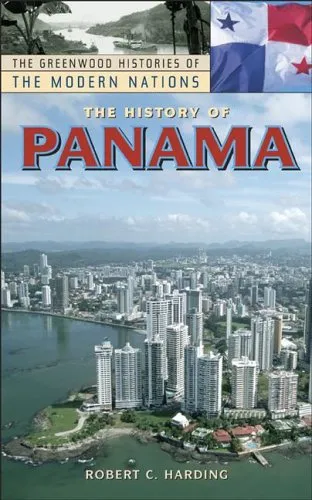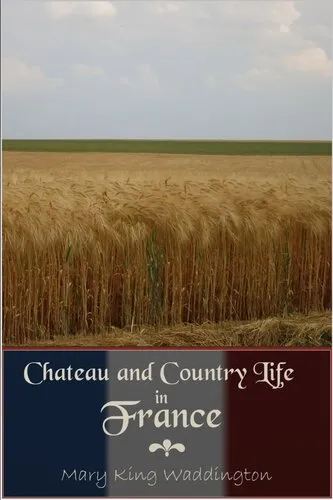Cultural Geographiespp.423—445
4.5
Reviews from our users

You Can Ask your questions from this book's AI after Login
Each download or ask from book AI costs 2 points. To earn more free points, please visit the Points Guide Page and complete some valuable actions.Related Refrences:
Analytical Summary
The section titled Cultural Geographiespp.423—445 represents a deep dive into the multifaceted relationships between place, space, and culture, as explored in advanced human geography scholarship. Written by Simpson, P., this work situates itself at the intersection of theory and empirical insight, engaging critical questions about how cultural practices are spatially produced, experienced, and represented. While the exact publication year is information unavailable due to no reliable public source, the text stands out for its enduring relevance to both academic and applied contexts.
One of the defining features of these pages lies in the way they navigate the cultural dimensions of geographical space, moving beyond rigid boundaries to focus on lived experience. Simpson situates spatial cultural analysis in an increasingly globalised context, accounting for flows, networks, and assemblages rather than static locations. In doing so, the work challenges prevailing disciplinary limitations and invites readers to think with more fluid conceptual tools.
These pages also synthesize key debates within human geography, such as the tension between materiality and representation, and the role of embodiment in shaping spatial practices. Through informed engagement with theoretical currents—ranging from post-structuralist thought to performativity—Simpson crafts an authoritative lens by which scholars can reassess their understanding of everyday spaces.
Key Takeaways
From Cultural Geographiespp.423—445, several major insights emerge that are critical to the study and application of cultural geography in diverse contexts.
Firstly, space is never neutral—it is constantly produced and reproduced through social and cultural processes, with human geography serving as a key discipline to decode these patterns.
Secondly, spatial cultural analysis benefits from methodological diversification, including visual, sensory, and ethnographic approaches that capture dimensions often overlooked in purely quantitative research.
Thirdly, contemporary global dynamics require a reflexive reassessment of place-based thinking, embracing the interconnected flows that reconfigure localities in complex ways.
Lastly, Simpson’s writing emphasizes the importance of critically engaging with both theory and empirical detail, creating a balanced framework for ongoing scholarship.
Memorable Quotes
“Space is never a passive backdrop; it is actively shaped through cultural encounters.” Unknown
“To understand the cultural geography of a place, one must listen to its rhythms, silences, and sensory atmospheres.” Unknown
“Geography is not only about maps and coordinates—it is about the living texture of human experience in space.” Unknown
Why This Book Matters
Cultural Geographiespp.423—445 offers a rare conjunction of intellectual rigor and conceptual creativity that is indispensable for academics, professionals, and serious readers invested in understanding the spatial dimensions of culture.
Its relevance extends beyond the academy into urban planning, policy development, community engagement, and artistic practice. By foregrounding human geography and spatial cultural analysis, Simpson’s section enables practitioners to think about place-making in socially and culturally responsive ways.
In an era defined by rapid mobility, hybrid identities, and contested spaces, this work provides a nuanced vocabulary and set of analytical tools for navigating both physical and symbolic geographies.
Inspiring Conclusion
Engaging with Cultural Geographiespp.423—445 is more than reading a scholarly text—it is participating in a dialogue about how culture and space co-create one another in our lived realities.
Simpson’s section calls on readers to bring this awareness into their own work, whether in academic research, policy-making, or everyday observation of the spaces they inhabit. By appreciating the richness of human geography and spatial cultural analysis, we can foster more inclusive, dynamic, and meaningful environments.
The next step is yours: read deeply, share your insights, and initiate discussions that extend the conversations begun in these pages. In doing so, you not only engage with the scholarship of Cultural Geographiespp.423—445 but also contribute to the evolving story of how we understand and inhabit our world.
Free Direct Download
You Can Download this book after Login
Accessing books through legal platforms and public libraries not only supports the rights of authors and publishers but also contributes to the sustainability of reading culture. Before downloading, please take a moment to consider these options.
Find this book on other platforms:
WorldCat helps you find books in libraries worldwide.
See ratings, reviews, and discussions on Goodreads.
Find and buy rare or used books on AbeBooks.






